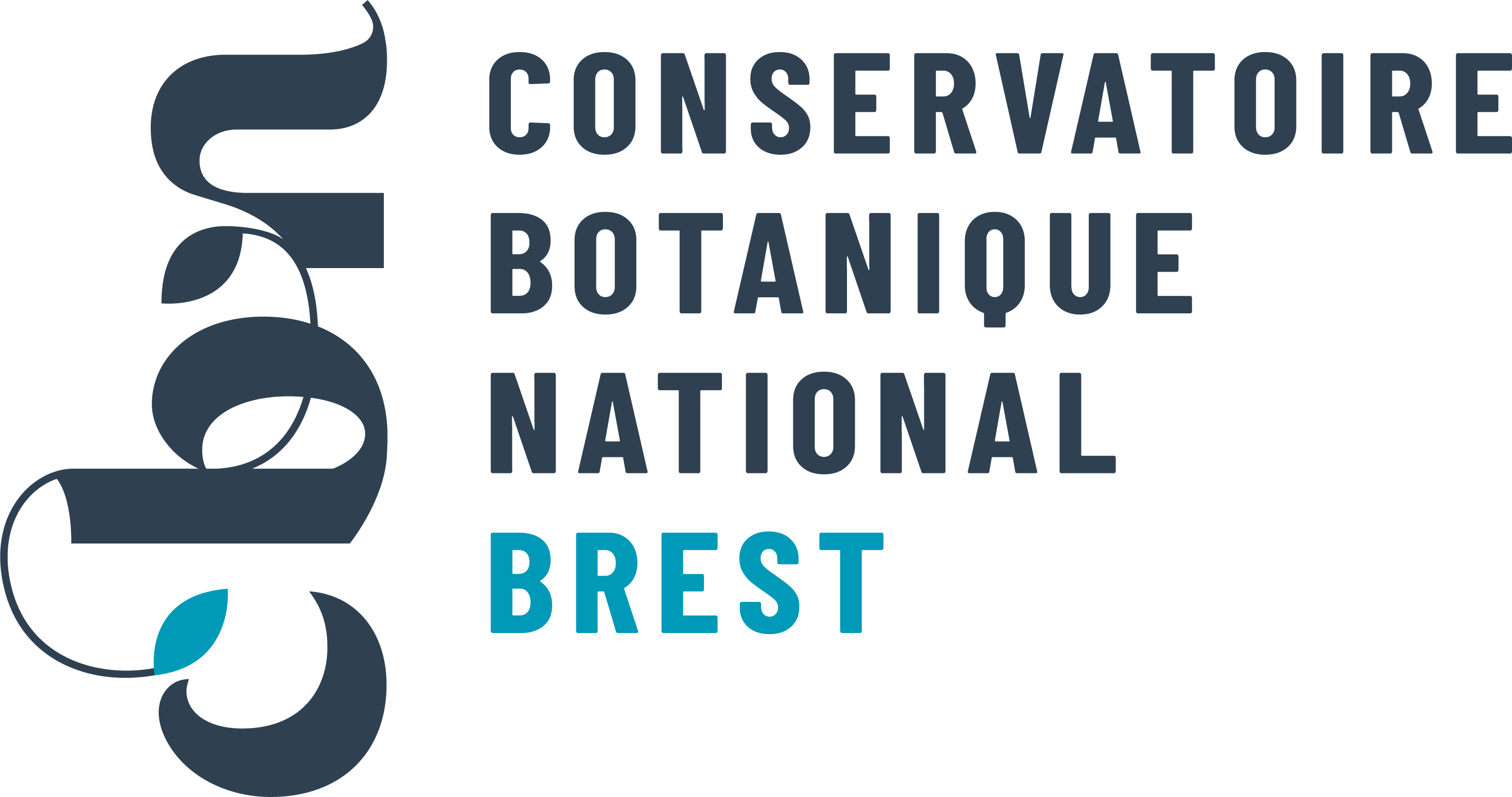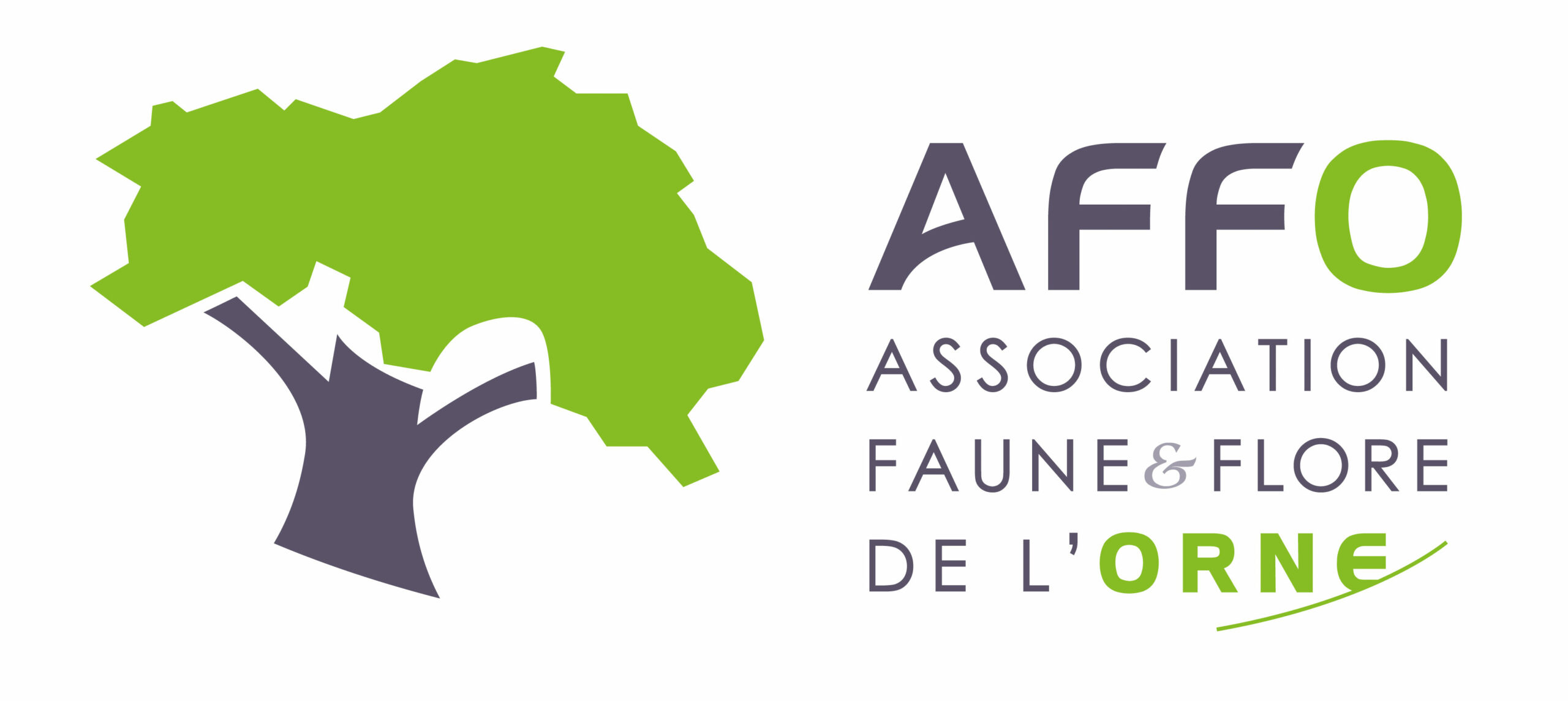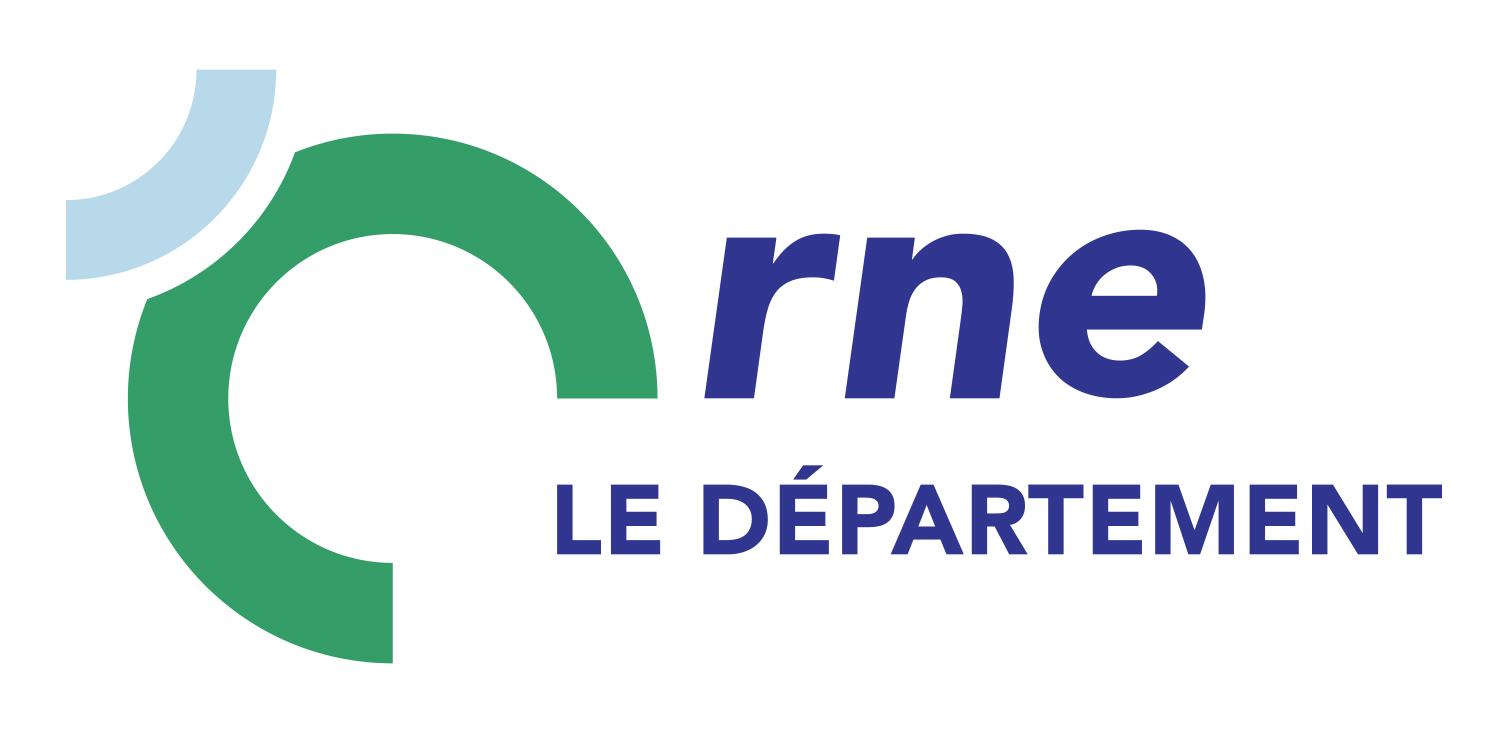Sorbier des oiseleurs
Sorbus aucuparia L., 1753 subsp. aucuparia
Où cette espèce a-t-elle été observée ?
 Attention : cette espèce peut être présente où il n’y a pas de maille, mais à ce jour elle n’y a pas encore été observée.
Attention : cette espèce peut être présente où il n’y a pas de maille, mais à ce jour elle n’y a pas encore été observée.
- 62 observations
-
22
communes -
4
observateurs
4
organismes -
Première observation
2002 -
Dernière observation
2022
Authon-du-Perche - Belforêt-en-Perche - Bretoncelles - Digny - Feings - Irai - La Ferté-Vidame - La Puisaye - Le Mage - Les Aspres - L'Hôme-Chamondot - Longny les Villages - Marolles-les-Buis - Moutiers-au-Perche - Perche en Nocé - Sablons sur Huisne - Saintigny - Saint-Mard-de-Réno - Saint-Martin-du-Vieux-Bellême - Senonches - Soligny-la-Trappe - Tourouvre au Perche
-
Institut national de l'information géographique et forestière (IGN)
Participation à 47 Observations
Part d'aide à la prospection : 75.81 %
Fiche organisme
-
Conservatoire Botanique National de Brest (CBNB)
Participation à 15 Observations
Part d'aide à la prospection : 24.19 %
Fiche organisme
-
Association Faune & Flore de l'Orne (AFFO)
Participation à 8 Observations
Part d'aide à la prospection : 12.90 %
Fiche organisme
-
Conseil départemental de l'Orne (bureau ENS)
Participation à 7 Observations
Part d'aide à la prospection : 11.29 %
Fiche organisme
Informations espèce
F2.332 : Fourrés subalpins à Bouleau
F2.334 : Fourrés subalpins à Cerisier
F2.461 : Carpathian subalpine mountain pine scrub
Répartition actuelle en France métropolitaine
© INPN - Avertissement : les données visualisables reflètent l'état d'avancement des connaissances et/ou la disponibilité des données existantes au niveau national : elles ne peuvent en aucun cas être considérées comme exhaustives.
Répartition actuelle dans le monde
Avertissement : les données visualisables reflètent l'état d'avancement des connaissances et/ou la disponibilité des données existantes au niveau mondial : elles ne peuvent en aucun cas être considérées comme exhaustives.










